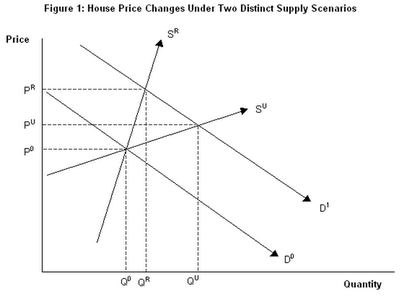From the soon to retirement Robert Gottliebsen at Dad’s Army:
So what would happen in Australia if there were a 20 per cent fall in dwelling prices, led by Sydney and Melbourne?
…When this has happened previously (e.g. Melbourne in the early 1990s), it slashed consumer confidence and retail sales and boosted unemployment…One of the hardest hit groups would be the banks…The next big victims would be state governments and councils…in Victoria, in 2014-15 property taxes and stamp duty accounted for an incredible 41 per cent of the state’s revenue…Finally, Meriton’s Harry Triguboff points out that the owners of many commercial properties would be hit hard by a fall in prices. And in some cases, so would their bank financiers.
But Harry Triguboff tells me that Chinese buying, which accounts for 80 per cent of demand for his Meriton new apartment development, is not slacking. So in Sydney, banks, the state government and councils can relax; Treasury’s so-called housing bubble is not about to burst.
Can we cut out the middle man and just get Highrise Harry to write directly? It would surely be cheaper for Rupert.
A few notes in reply. If the Chinese are still buying Highrise’s new apartments then that is expanding supply and will help burst the bubble not support it.
As well, as we know, mooted supply shortages do not prevent price collapses anyway. Economics 101 tells us that inelastic supply markets hit by a surge in demand do not only see price rises but increased volatility. Such a situation can be explained using basic supply and demand analysis, as shown in Figure 1.
Q0 and P0 represent the initial equilibrium situation in the housing market. Initial demand is provided by D0, whereas supply is shown as either SR (restricted) or SU(unrestricted), depending on whether land supply constraints exist.
Following an increase in demand, such as a surge of investors following changes to tax rules (e.g. Australia’s CGT reduction in 1999), the demand curve shifts outwards from D0 to D1. When land supply is restricted, house prices rise sharply from P0 to PR. By contrast, when supply is unrestricted, prices rise more gradually from P0 to PU.
The situation works the same way in reverse. For example, if there was a sharp fall in demand following a contraction in credit availability or a sharp decrease in Australia’s Terms of Trade, causing demand to fall from D1 to D0, then prices fall much further when land supply is constrained.
The key point of this analysis is to show that declines in demand can bring sharply falling house prices even when supply is constrained and housing shortages exist.
This has already happened for the last two mini property cycles in Australia, up to 2008 and up to 2011. Each time had house prices been left alone they would have fallen despite claims of under supply. The decisive factor that prevented it was massive policy intervention in the market. Therefore, when considering the future of Australian property in this cycle (Chinese and all) the only question that really matters is can authorities bail it out again?
With fiscal policy headed for sovereign downgrades and monetary policy nearly exhausted, my answer is no.


